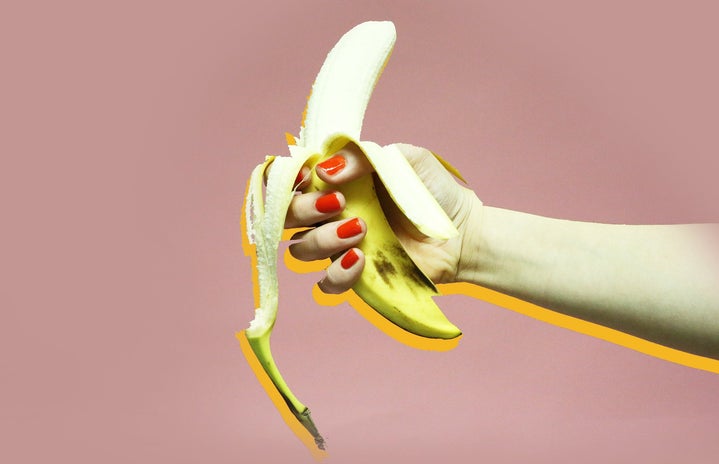Do you ever wonder why banana candies taste so different from bananas? They’re remnants of a bygone era.
That’s because up until the late 1950s, a different banana dominated our breads, smoothies, and pies: the Gros Michel banana.
The current banana is called the Cavendish banana, and back in the good ole days, this banana was considered the lesser of the two bananas. The Gros Michel banana was generally sweeter and overall tastier than its counterpart. So how did we end up with this pale imitation of the superior Gros Michel banana? The answer is simple: genetic cloning and disease.
All bananas are grown clonally, meaning every banana is the exact same genetically. Wild right? This clone system of growing bananas makes them especially susceptible to viruses and diseases (think the end of the Jedi Order in Star Wars, when all the Stormtroopers turn on the Jedi). Normally, unique genetics is what prevents most diseases from sweeping through an entire population, since some members are more resistant or contain different gene sequences that mean they can survive some things that others cannot. When every member of a population is identical, they are all susceptible to the exact same disease. And when one major banana grove falls victim to a disease, all the others are sure to follow.
In the 1950s, the Gros Michel banana groves faced off against the notorious banana killer Panama disease. Panama disease attacks the root systems of newly growing banana plants, eventually spreading through their vascular system, which is how water is transported through the plant. No water means the plant cannot survive, and therefore, the Gros Michel bananas die off. The thing about Panama disease is that it spreads like wildfire, faster than a college party when the police show up. The Gros Michel banana groves didn’t stand a chance. They fell one by one, and eventually banana cultivators had to turn to the inferior Cavendish banana, which was hardier but less exciting. And that is how our current banana came to be.
But that’s not the end of the story! Recently, reports of TR4, another banana disease, have been spotted in Cavendish banana groves, and since Cavendish bananas are also grown clonally, if this disease is successful, the whole thing will start all over again. Will there be another banana apocalypse? Will we have to sit and watch as our banana groves fall, becoming less sweet and less tasty with each banana disease that attacks them? Will we only be left with smushy, tasteless, ineffective boomerangs?
Personally, I hope the Cavendish banana fights hard and prevails. I shudder to think about a world without banana bread, all the bake sales that will suffer… it’s just too much to bear. To all the Cavendish bananas, I say, “We shall fight them on the beaches! We shall fight them on the landing grounds!” — well really only on the beaches, but we will never surrender!
“We shall fight them on the beaches! We shall fight them on the landing grounds!” — well really only on the beaches, but we will never surrender!
Winston Churchhill, modified by Giulia Vilardi
Now of course, I can’t let you go without a small piece of social commentary. With all this talk about how cloning increases the chances these bananas will get infected, you may be asking, “Well Giulia, why don’t we just stop cloning bananas?” The answer is simple, my dear friend: there are simply too many humans on Earth to feed everyone if we let bananas grow as they naturally do. While learning how to protect our fruit against diseases that target and exploit their genetic similarity is the way of the future, for now we sit and pray that the disease stays at bay and our Cavendish bananas live to see another day.
References:



